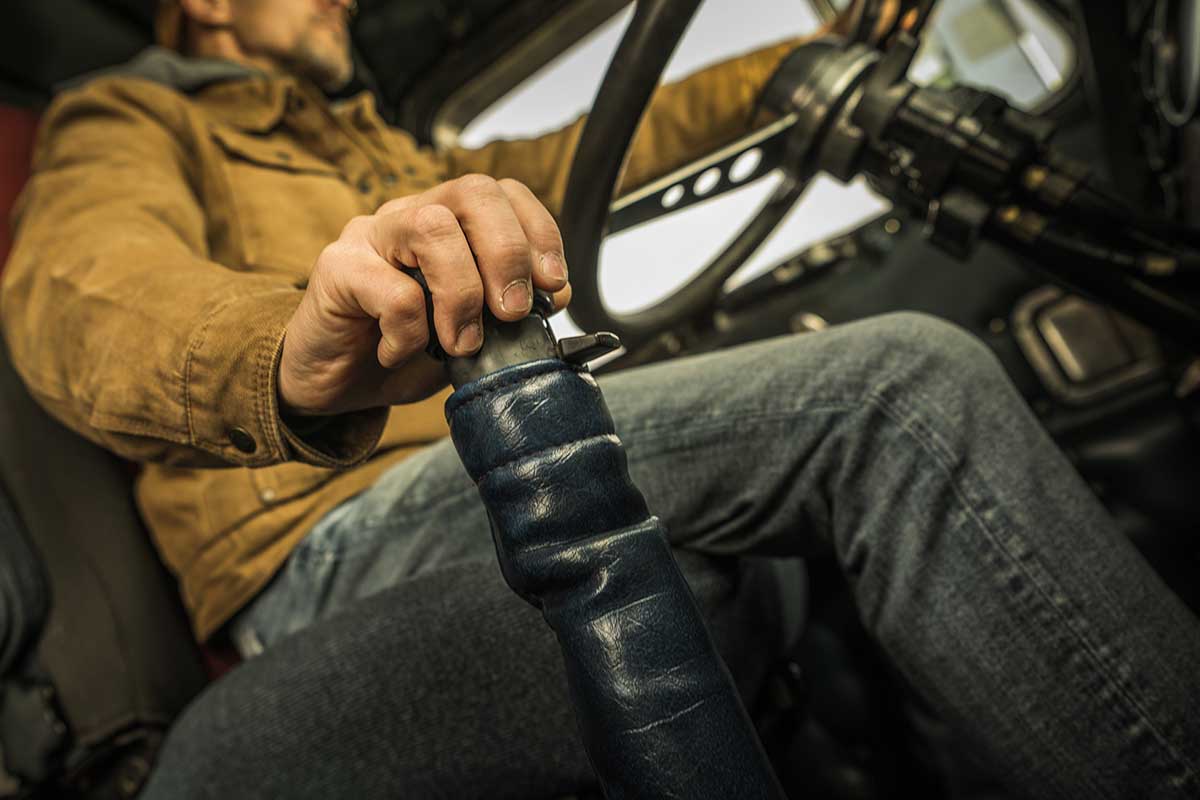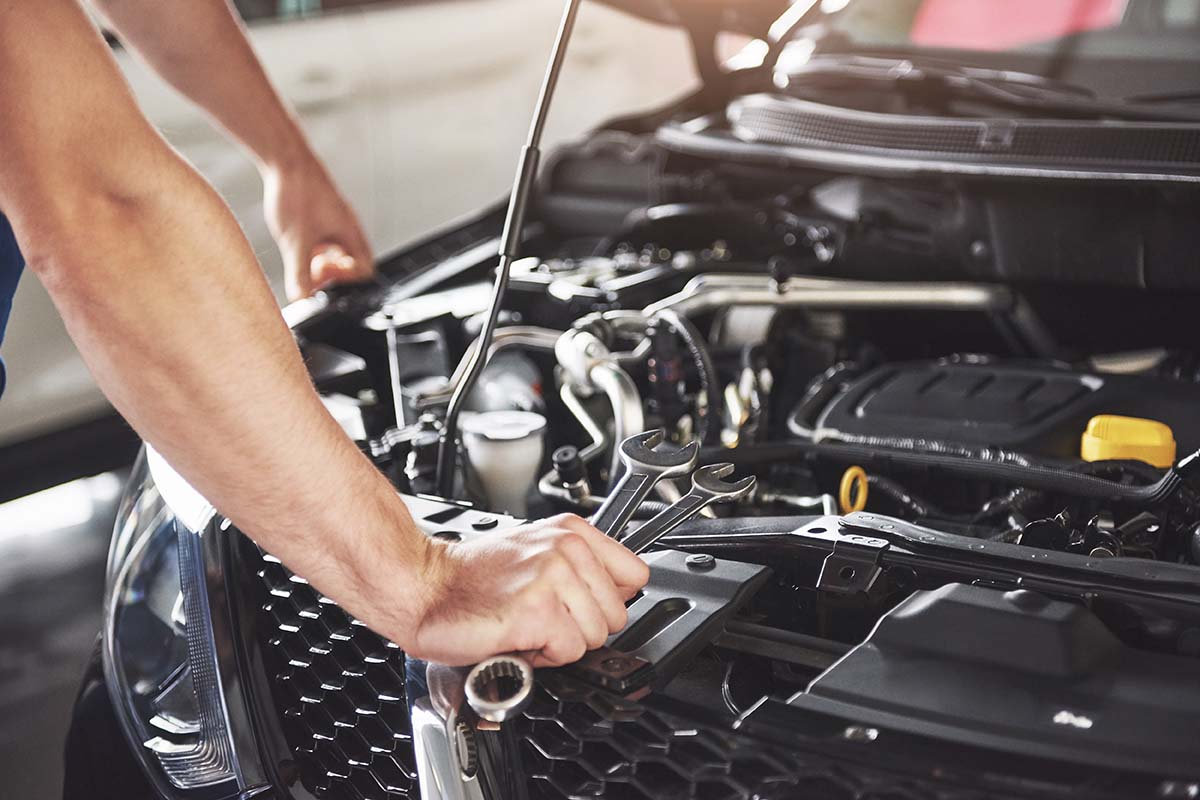Does Your Tractor Seat Pass the 8-Hour Test?
If you’re in the seat for more than a few hours a day, you already know—comfort isn’t a bonus. It’s a necessity.
The first hour might feel fine. But by lunchtime, your lower back’s twinging, your legs have gone stiff, and every bump in the paddock rattles your spine.
Sound familiar?
A lot of people just put up with it. You start to think, this is just part of the job. It’s not.
A decent tractor seat should support you, not work against you.
This Isn’t About Luxury
Let’s clear something up: seat comfort isn’t about being soft or fancy. It’s about keeping your body functioning well across long hours.
We’re talking:
- Less fatigue;
- Fewer aches;
- Better posture;
- More focus.
When you’re in the same spot for 6, 8, even 10 hours a day, every bit of pressure or bad alignment adds up. It doesn’t take long for small discomforts to turn into daily pain.
The 8-Hour Test, Explained Simply
What does it actually mean for a seat to pass the “8-hour test”?
It’s pretty straightforward: If you can get through a full workday without feeling sore, restless, or needing constant breaks to stretch out, that seat’s doing its job.
But if you’re shifting every 20 minutes… If you get up and your knees crack and your back tightens… If you’re adding cushions or padding just to survive the day…
That seat is failing you, and it’s definitely time to start looking for new tractor seats Melbourne or in your local area..
That seat is failing you, and it’s definitely time to start looking for new v or in your local area.
Warning Signs People Ignore
Here’s the thing: most people get used to bad comfort over time. You shrug it off. Blame the weather.
Think it’s just your age. But those little red flags are worth paying attention to. For example:
- You find yourself constantly adjusting position;
- There’s a worn spot in the cushion right where you sit;
- You feel worse at the end of each day, even if the work wasn’t hard;
- There’s stiffness in your hips, knees, or shoulders after a few hours.
If any of that rings a bell, it’s worth a closer look.
It’s Not Just the Seat — It’s How It Moves
Shock absorption plays a bigger role than most people realise.
A stiff, unresponsive seat doesn’t just make things uncomfortable, it transfers every bump, dip and vibration straight into your body. Multiply that by hundreds of jolts a day, and the strain builds fast.
A proper suspension system doesn’t eliminate all motion, it works with it. Instead of bracing against rough terrain, your body can stay steady, balanced, and better aligned.
If your seat’s suspension feels sticky, inconsistent, or just flat-out useless, chances are it’s making you work harder than you need to.
Adjustability Isn’t Optional
A good seat should adapt to you, not the other way around. Think about how different people are in height, weight, leg length, and posture.
One-size-fits-all doesn’t cut it. If your seat only has basic height movement (or worse, none), you’re probably compromising your position without even realising.
And it adds up. Leaning slightly forward all day? You’ll feel it in your lower back.
Legs too low or knees too high? That strains your hips. No lumbar support? Your posture pays the price.
Even minor adjustments—tilt, armrests, lumbar angle—can make a massive difference across a full workday.
The Bit No One Talks About: Materials
Not the flashiest part of the seat, but crucial. Once the foam starts sagging or the cover splits, support disappears fast.
You might not notice the difference straight away, but after a few weeks of subtle sinkage, your spine will.
Look out for:
- Flattened padding;
- Tears or cracking in the cover;
- Rust or wear in the frame;
- Creaking or wobbly structure.
If your seat feels more like a hammock than a support system, it’s probably well past its prime.
Short-Term Fixes vs Long-Term Support
A rolled-up towel behind your back. A bit of foam wedged under the cushion.
We’ve all done it. And sure, it might help in the short term. But those little hacks aren’t a real solution.
If you’ve reached the point of DIY comfort mods, your seat has already failed the 8-hour test.
When a seat’s properly designed, you don’t need workarounds. You just sit, work safely, and finish the day without thinking twice about your body.
That’s the goal.
Ask Yourself This
How do you feel at the end of a long day? Are you just tired—or is it actual pain? Does your body bounce back the next morning?
Or is it a slow crawl to loosen up? Are you able to focus through your whole shift, or are you distracted by discomfort?
A bad seat will wear you down. A good one lets you focus on the work, not your back.
Time to Get Honest About Your Seat?
Seats don’t last forever. Even the best ones break down with time, especially when they’re exposed to mud, dust, vibration and heavy use.
But the longer you hold off replacing it, the more your body takes the hit.
And when you’re spending more time in that seat than on your couch or dining chair, it’s not worth pushing through “just one more season.”
Not if it’s messing with your health, comfort, or ability to do your job right.
You Deserve Better Than Just Getting By
Too many people accept discomfort as part of the job. But it doesn’t have to be that way.
If your tractor seat isn’t up to scratch, don’t wait for the pain to make the decision for you.
Whether it’s replacing the whole seat or upgrading key parts, investing in comfort pays off every single day.
Because when you’re in the seat for the long haul, the last thing you should be thinking about… is the seat.





















